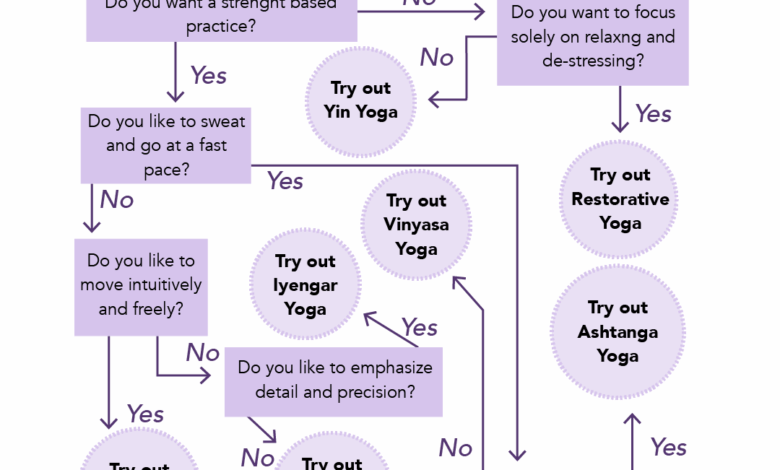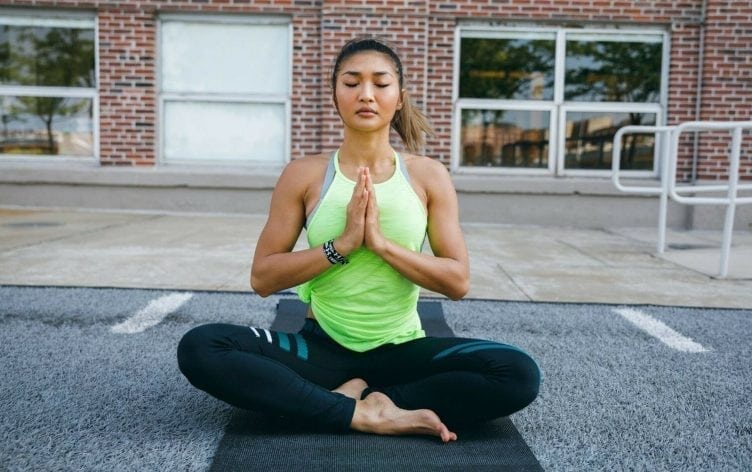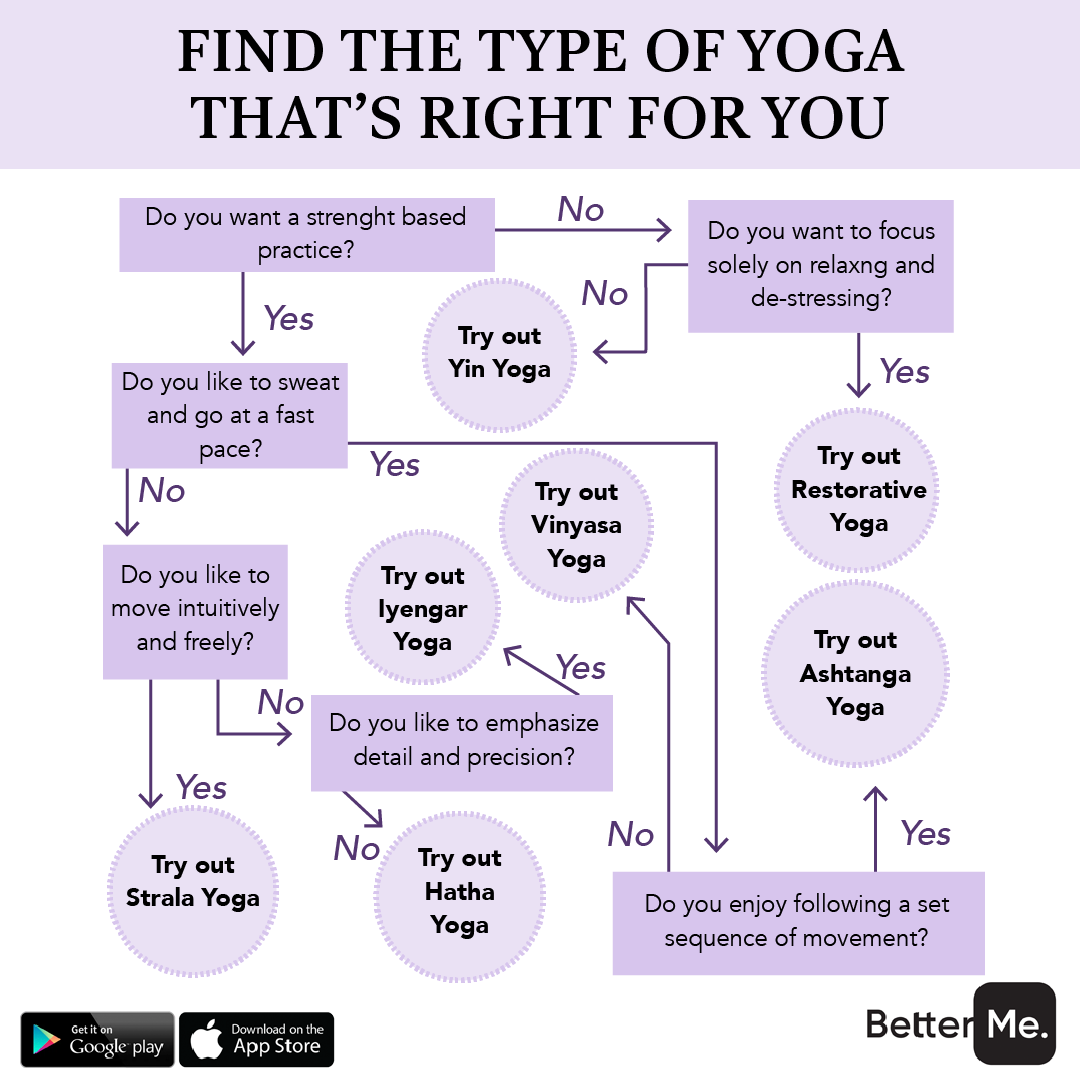
6 Meditation Styles to Match Your Personality
6 Meditation Styles to Match Your Personality – Ever felt like meditation just wasn’t working for you? Maybe you’ve tried a few different techniques, but nothing quite clicked. The truth is, there’s a perfect meditation style out there for everyone, and it all comes down to your personality.
Just like we have different preferences for music, food, and even hobbies, our personalities also influence how we connect with meditation.
This journey explores 6 distinct meditation styles, each designed to resonate with specific personality traits. From the detail-oriented mind seeking focus to the compassionate heart yearning for connection, there’s a path to inner peace waiting to be discovered.
Finding Your Meditation Style
Meditation has become increasingly popular in recent years, and for good reason. Studies have shown that regular meditation practice can bring about numerous benefits, including reduced stress and anxiety, improved focus and concentration, increased emotional regulation, and even enhanced compassion and empathy.
However, with so many different types of meditation available, finding the right style for you can be a challenge. The key lies in recognizing that different meditation styles resonate with different personalities and preferences. This guide will explore six popular meditation styles, each with its unique characteristics and potential benefits.
Types of Meditation Styles
Meditation styles can be categorized based on their focus, techniques, and overall approach. Here are six popular styles:
- Mindfulness Meditation:This style emphasizes paying attention to the present moment without judgment. It involves observing thoughts, feelings, and sensations as they arise, without getting carried away by them. Mindfulness meditation is often practiced through sitting meditation, where you focus on your breath or a specific object, but it can also be incorporated into everyday activities like walking, eating, or washing dishes.
Finding the right meditation style can be like finding the perfect workout playlist – it’s all about what resonates with you. Just like workout playlist says a lot about your personality, the type of meditation you gravitate towards can reveal your inner self.
Whether you’re drawn to the structured focus of Samatha-Vipassana or the gentle flow of loving-kindness meditation, there’s a style out there to help you find your inner peace.
- Transcendental Meditation (TM):Developed by Maharishi Mahesh Yogi, TM involves using a specific mantra or sound to quiet the mind and transcend thoughts. It is a highly structured practice with a set time and technique, and it is often practiced twice a day for 20 minutes each session.
- Progressive Muscle Relaxation (PMR):This technique focuses on systematically tensing and relaxing different muscle groups in the body. By becoming aware of physical tension and then consciously releasing it, PMR can reduce stress and promote relaxation.
- Loving-Kindness Meditation:This practice cultivates feelings of compassion, kindness, and acceptance towards oneself and others. It involves repeating phrases or mantras that express these positive emotions, starting with oneself and gradually extending them to others.
- Walking Meditation:As the name suggests, this style involves meditating while walking. It focuses on being present with each step, noticing the sensations of your feet on the ground, the movement of your body, and the surroundings. Walking meditation can be a great way to connect with your body and the environment.
- Guided Meditation:This type of meditation involves following a recorded or live voice that guides you through different visualizations, exercises, or scenarios. Guided meditations can be helpful for beginners, as they provide structure and support. They can also be used to address specific issues, such as anxiety, sleep problems, or pain management.
Finding the right meditation style can be a journey of self-discovery, just like figuring out the best way to fuel your body. While some prefer the structured guidance of mindfulness meditation, others might find solace in the dynamic flow of yoga.
Similarly, endurance athletes need to understand the importance of proper carb loading for optimal performance, and there are specific strategies for achieving this, which you can learn more about in this article on how endurance athletes should carb up during workouts.
Just as athletes need the right fuel, finding the meditation style that resonates with your personality can be a powerful tool for achieving inner peace and balance.
Mindfulness Meditation: 6 Meditation Styles To Match Your Personality
Mindfulness meditation is a practice that involves paying attention to the present moment without judgment. It is a core practice in many Buddhist traditions and has become increasingly popular in the West as a way to improve mental and emotional well-being.
Core Principles of Mindfulness Meditation
The core principles of mindfulness meditation are rooted in the concept of paying attention to the present moment with an attitude of acceptance. This involves:
- Non-judgmental awareness:Observing thoughts, feelings, and sensations without labeling them as good or bad. This helps to create a space for acceptance and reduces the tendency to engage in negative self-talk.
- Present moment focus:Bringing attention to the current experience, rather than dwelling on the past or worrying about the future. This helps to cultivate a sense of peace and reduce anxiety.
- Acceptance:Recognizing and acknowledging thoughts, feelings, and sensations without trying to change or resist them. This helps to foster a sense of self-compassion and reduce stress.
Examples of Mindfulness Practices
Mindfulness meditation can be practiced in a variety of ways. Here are some common examples:
- Body scan meditation:This involves bringing attention to different parts of the body, starting from the toes and moving up to the head. You simply notice any sensations in each part of the body without judgment.
- Breath awareness meditation:This involves focusing on the sensation of your breath as it enters and leaves your body. You can observe the rise and fall of your chest, the movement of your abdomen, or the coolness of the air as you inhale and exhale.
- Mindful walking meditation:This involves paying attention to the sensations of walking, such as the movement of your feet, the feel of the ground beneath your feet, and the rhythm of your steps.
- Mindful eating meditation:This involves bringing attention to the experience of eating, including the taste, texture, and smell of the food. You can also notice the sensations in your mouth and stomach as you chew and swallow.
Benefits of Mindfulness Meditation for Detail-Oriented Individuals
Detail-oriented individuals often excel at focusing on tasks and analyzing information. However, this can also lead to overthinking, anxiety, and difficulty relaxing. Mindfulness meditation can be particularly beneficial for detail-oriented individuals because it helps to:
- Reduce overthinking:By bringing attention to the present moment, mindfulness meditation helps to interrupt the cycle of rumination and worry.
- Improve focus:By training the mind to stay present, mindfulness meditation can enhance concentration and attention span, which can be beneficial for detail-oriented tasks.
- Promote relaxation:Mindfulness meditation helps to calm the nervous system and reduce stress, which can be especially helpful for detail-oriented individuals who may be prone to anxiety.
- Increase self-awareness:By observing thoughts and feelings without judgment, mindfulness meditation helps to cultivate a deeper understanding of oneself, which can lead to greater self-compassion and acceptance.
Loving-Kindness Meditation
Loving-kindness meditation, also known as Metta meditation, is a practice rooted in cultivating compassion, kindness, and acceptance towards oneself and others. It’s a powerful tool for fostering inner peace, reducing stress, and promoting well-being.
Core Principles of Loving-Kindness Meditation
Loving-kindness meditation centers around the cultivation of positive emotions, primarily love, kindness, compassion, and acceptance. It involves sending these emotions to oneself and others, regardless of their actions or qualities. This practice encourages a shift in perspective, fostering a sense of interconnectedness and understanding.
Practices of Loving-Kindness Meditation
There are various ways to practice loving-kindness meditation, each with its own nuances and benefits.
Finding the right meditation style can feel like a personal quest, just like discovering the perfect training routine. Understanding the connection between hormones and training performance, as explored in this article , can actually help you choose a meditation style that aligns with your goals.
If you’re seeking to boost focus and energy, maybe a dynamic style like walking meditation is for you. But if you’re aiming for stress reduction, a gentle, restorative practice like loving-kindness meditation might be a better fit.
Traditional Loving-Kindness Meditation
Traditional loving-kindness meditation involves repeating phrases or mantras that express these positive emotions. The practice typically begins by focusing on oneself, sending these feelings of love and kindness to oneself. Then, it expands to encompass loved ones, neutral individuals, difficult people, and finally, all beings.
Guided Loving-Kindness Meditation
Guided loving-kindness meditations are often led by experienced practitioners or through audio recordings. These guided sessions provide structure and support, guiding individuals through the process of sending loving-kindness to different recipients.
Visualizations in Loving-Kindness Meditation
Visualizations can enhance the practice by creating a more tangible experience. One common visualization involves imagining oneself surrounded by a warm, loving light, which then extends to others.
Benefits of Loving-Kindness Meditation for Compassionate Individuals
Individuals with a compassionate and empathetic personality often find loving-kindness meditation particularly beneficial.
Increased Compassion and Empathy
Regular practice can enhance existing levels of compassion and empathy, allowing individuals to connect with others on a deeper level and respond with greater understanding and kindness.
Reduced Stress and Anxiety
The practice of sending loving-kindness can help alleviate stress and anxiety by promoting feelings of peace and acceptance. It can also reduce negative thoughts and emotions, fostering a more balanced and positive outlook.
Improved Relationships
By cultivating compassion and understanding, loving-kindness meditation can positively impact relationships. It helps individuals to approach conflicts with more patience and empathy, fostering healthier communication and stronger connections.
Yoga Meditation

Yoga meditation is a practice that combines physical postures, breathing techniques, and mindfulness to cultivate a state of deep relaxation and inner peace. It is a holistic approach to well-being that addresses the mind, body, and spirit.
Core Principles of Yoga Meditation, 6 meditation styles to match your personality
Yoga meditation is rooted in the ancient Indian philosophy of yoga, which emphasizes the interconnectedness of the body, mind, and spirit. It seeks to harmonize these aspects through various practices, including physical postures (asanas), controlled breathing (pranayama), and focused awareness (dhyana).
Examples of Yoga Meditation Practices
Here are some common examples of yoga meditation practices:
- Hatha Yoga:This is a popular style of yoga that focuses on physical postures and breath control. It can be a great starting point for beginners and offers a variety of poses that can be adapted to different levels of flexibility and strength.
- Vinyasa Yoga:This dynamic style of yoga links postures together in a flowing sequence, often synchronized with the breath. It can be physically challenging but also invigorating and mentally stimulating.
- Restorative Yoga:This gentle style of yoga uses props such as blankets, bolsters, and blocks to support the body in comfortable and relaxing poses. It is ideal for stress reduction and deep relaxation.
Benefits of Yoga Meditation for Holistic Well-being
Yoga meditation offers numerous benefits for physical, mental, and emotional well-being.
- Physical Benefits:Yoga improves flexibility, strength, balance, and posture. It also helps to reduce muscle tension and improve circulation.
- Mental Benefits:Yoga meditation calms the mind, reduces stress and anxiety, and promotes focus and concentration. It also enhances self-awareness and emotional regulation.
- Emotional Benefits:Yoga meditation helps to cultivate self-compassion, gratitude, and inner peace. It also promotes emotional resilience and helps to manage difficult emotions.
Conclusion

Meditation is a personal practice, and finding the right style can transform your experience. Don’t be afraid to experiment, try different techniques, and see what feels most natural to you. Whether you’re drawn to the structure of guided meditation, the gentle movement of walking meditation, or the deep stillness of Transcendental Meditation, there’s a world of inner peace waiting to be explored.
So, take a deep breath, find your style, and embark on your own journey of mindfulness and self-discovery.






